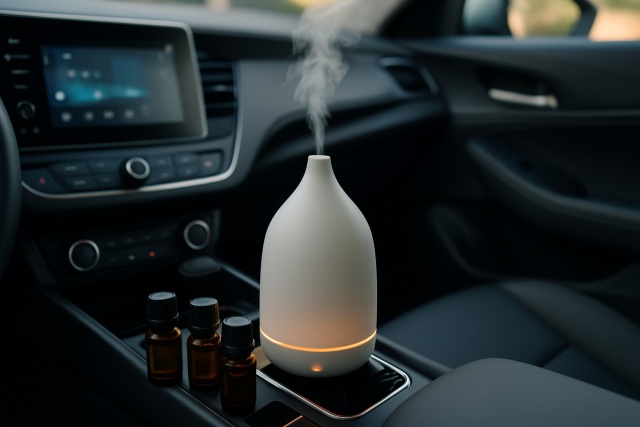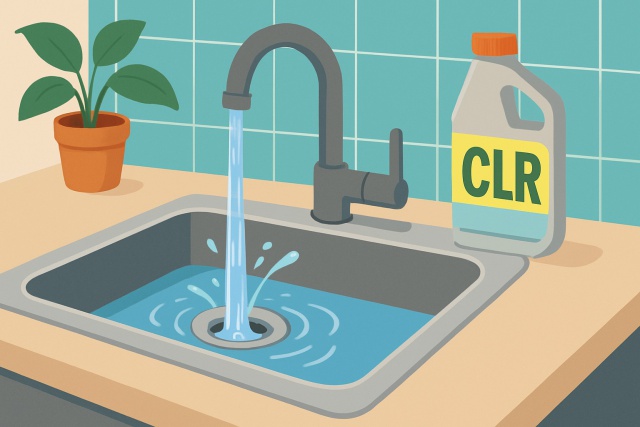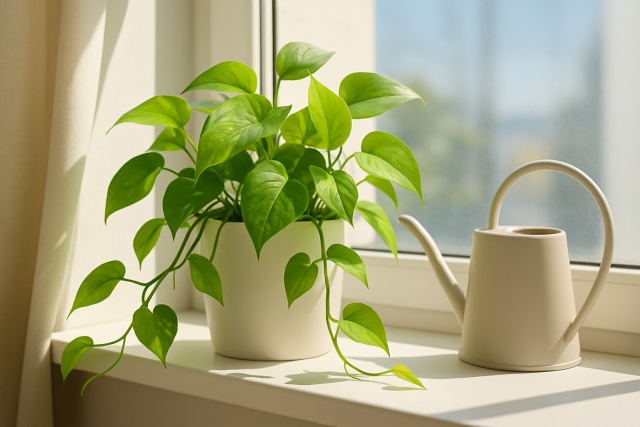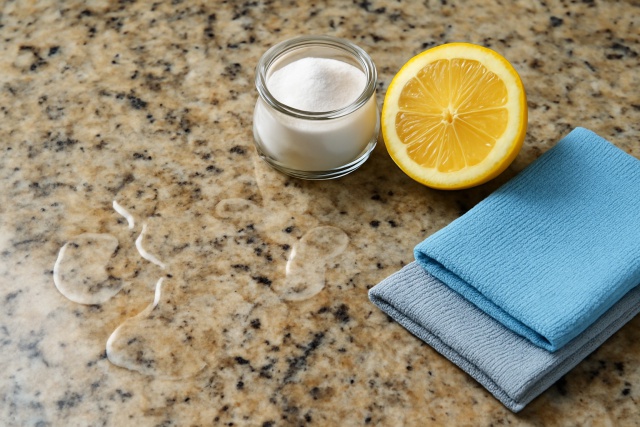Do Money Trees Like Humidity or Dry Air Better?
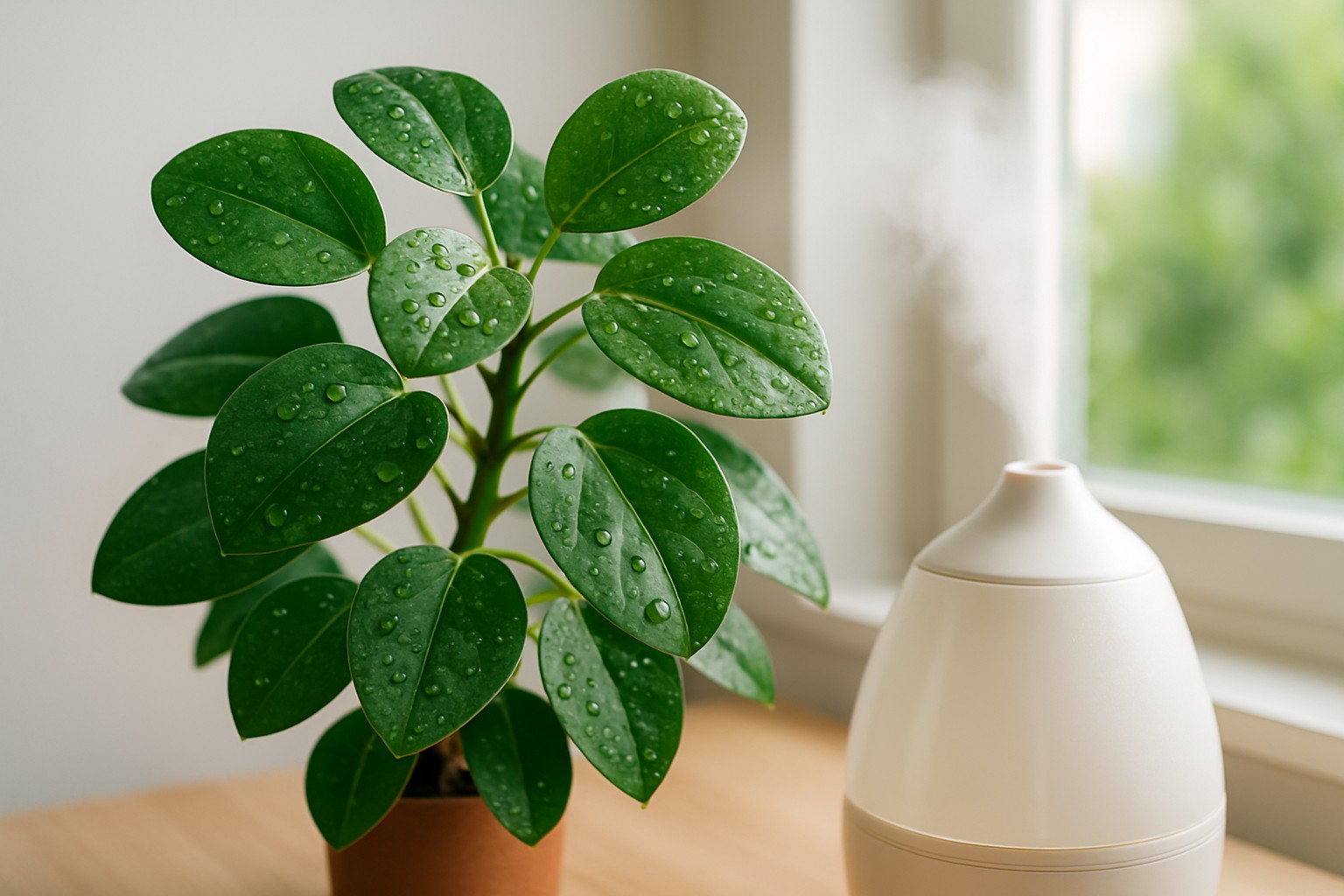
Money trees have carved out a special place in homes as beloved indoor plants, and many wonder do money trees like humidity. They are cherished mainly because of their bright cheerful leaves and their reputation as good luck charms.
Understanding Money Trees and What They Are (No, They are Not Actual Trees That Grow Cash)
The money tree known scientifically as Pachira aquatica hails from the swampy nooks of Central and South America. It’s often found indoors where it thrives as a potted plant. It catches the eye with its characterful braided trunk and lush wide green leaves.
How Humidity Plays a Role in Keeping Your Indoor Plants Happy
Humidity is the amount of moisture swirling around in the air, and you will often see it expressed as relative humidity (RH). This number shows the percentage of water vapor compared to the maximum the air can hold at a given temperature. Picture air like a sponge that’s soaking wet — once it is full, it just cannot take in any more water.
Do Money Trees Like Humidity? Let us dive into what keeps these lucky plants truly happy.
Money trees thrive when the air is on the humid side, thanks to their roots in tropical swamps. While they can usually get by with the average household humidity, they really hit their stride when the air feels a bit more lush. This extra moisture not only keeps their leaves looking fresh and vibrant but also gives their growth a nice boost and helps them dodge the stress that comes with dry indoor air
- The ideal humidity for money trees usually falls between 50% and 70%, which matches the cozy environment they naturally thrive in.
- If the air gets too dry you’ll often notice leaf tips turning brown, leaves dropping, and the whole foliage getting dry and crispy like it’s been through a mini desert ordeal.
- Higher humidity helps the plant soak up nutrients more effectively and encourages it to grow stronger and more robust—kind of like giving your money tree a vitamin boost.
- Leaving your plant stuck in dry air for too long can really take a toll. It weakens the plant and makes it more vulnerable to pests and sluggish growth, which nobody wants to see.
The Impact of Low Humidity on Money Tree Health
When indoor air gets too dry, money trees tend to show obvious warning signs like browning edges on their leaves and leaves dropping off more than usual. Their growth also seems to hit the brakes. Dry air kicks transpiration into high gear and causes the plant to lose moisture faster than it can soak back up.
Why Higher Humidity Works Wonders for Money Trees
Higher humidity levels tend to create conditions where money trees can truly thrive. Moist air slows down transpiration and helps leaves stay hydrated and flexible without drying out at the edges—a common problem I have seen with these plants. This environment encourages the plant to soak up nutrients more efficiently through its roots and leaves. In turn, this gives its overall health a noticeable boost. On top of that, plenty of humidity helps the plant’s natural defenses hold their own against pesky pests like spider mites and aphids who generally prefer drier conditions.
Common Misunderstandings About Humidity and Money Trees That Might Surprise You
There are quite a few myths floating around about money trees and humidity. Some individuals swear these plants are "low maintenance" and can thrive even if you barely glance at the humidity levels. Others worry that too much humidity will inevitably lead to root rot or mold, like it’s some sort of plant apocalypse. The reality is a bit more nuanced: money trees can tolerate dry air from time to time, but consistently ignoring their humidity needs is a quick way to see them struggle.
- Money trees aren’t desert plants and they tend to struggle in bone-dry arid conditions. They need a bit more care than that.
- Too much humidity can lead to rot but with good airflow and careful balancing you can usually keep things under control without much trouble.
- Spraying mist occasionally can help but it rarely keeps humidity steady over time by itself.
- Just because the soil feels dry under your fingers doesn’t mean the air around it is equally dry. It’s important to treat soil moisture and air humidity as separate concerns.
How to Keep Track of Humidity and Care for Your Money Tree Like a Pro
Taking good care of your money tree involves keeping a watchful eye on indoor humidity using a hygrometer—a handy little gadget that is both simple and easy on the wallet. I’ve found keeping it nearby your plant is the best way to keep tabs on relative humidity as the day goes by.
- Cluster plants together to create a cozy little humid microclimate, so they team up to keep each other happy.
- Put a pebble tray filled with water under your pot to gently boost humidity as the water slowly evaporates, making it like a mini spa for your plant.
- Use a small room humidifier to maintain steady moisture levels, especially when the air gets dry and cranky during colder months.
- Mist the leaves regularly in dry conditions, particularly when the heater runs nonstop. Your money tree will thank you with greener, perkier leaves.
- Place your money tree near water features such as aquariums or fountains to absorb extra humidity. Plants enjoy a good break by the water just like we do.
Keeping humidity in check is pretty important since air that’s too damp tends to invite fungal growth and all sorts of root troubles. I’ve found it’s a smart move to place your money tree near a window or a fan to keep the air circulating because stagnant air is never a plant’s friend. Also, try to avoid completely sealed spaces since your plant needs to breathe just as much as you do. Make it a habit to check the soil moisture regularly to make sure it’s not soggy because high humidity can really increase the wetness.
Environmental Factors That Play a Role in the Humidity Needs of Money Trees
Indoor factors like heating in winter and air conditioning in summer really throw humidity levels for a loop. Heating usually dries out the air, which means your money trees might be craving a little extra moisture to keep them happy and thriving.
| Humidity Range (%) | Symptoms Observed | Care Adjustments Recommended |
|---|---|---|
| Below 30% | Leaves brown at the edges, dry out, and may drop off unexpectedly | Try boosting humidity with a humidifier or a pebble tray, and don’t forget to mist regularly—you’ll thank yourself later |
| 30% - 50% | Occasionally, leaves feel a bit parched and growth may slow down | Keep a watchful eye on humidity, cluster your plants for a little microclimate magic, and mist when you think they need a drink |
| 50% - 70% | Leaves look happy and healthy with nice steady growth | Keep humidity steady using a humidifier or natural moisture sources, and make sure the air circulates well—plants like to breathe too |
| Above 70% | Watch out for fungal problems and rot creeping in | Step up ventilation and ease off on watering—overdoing it can really backfire |
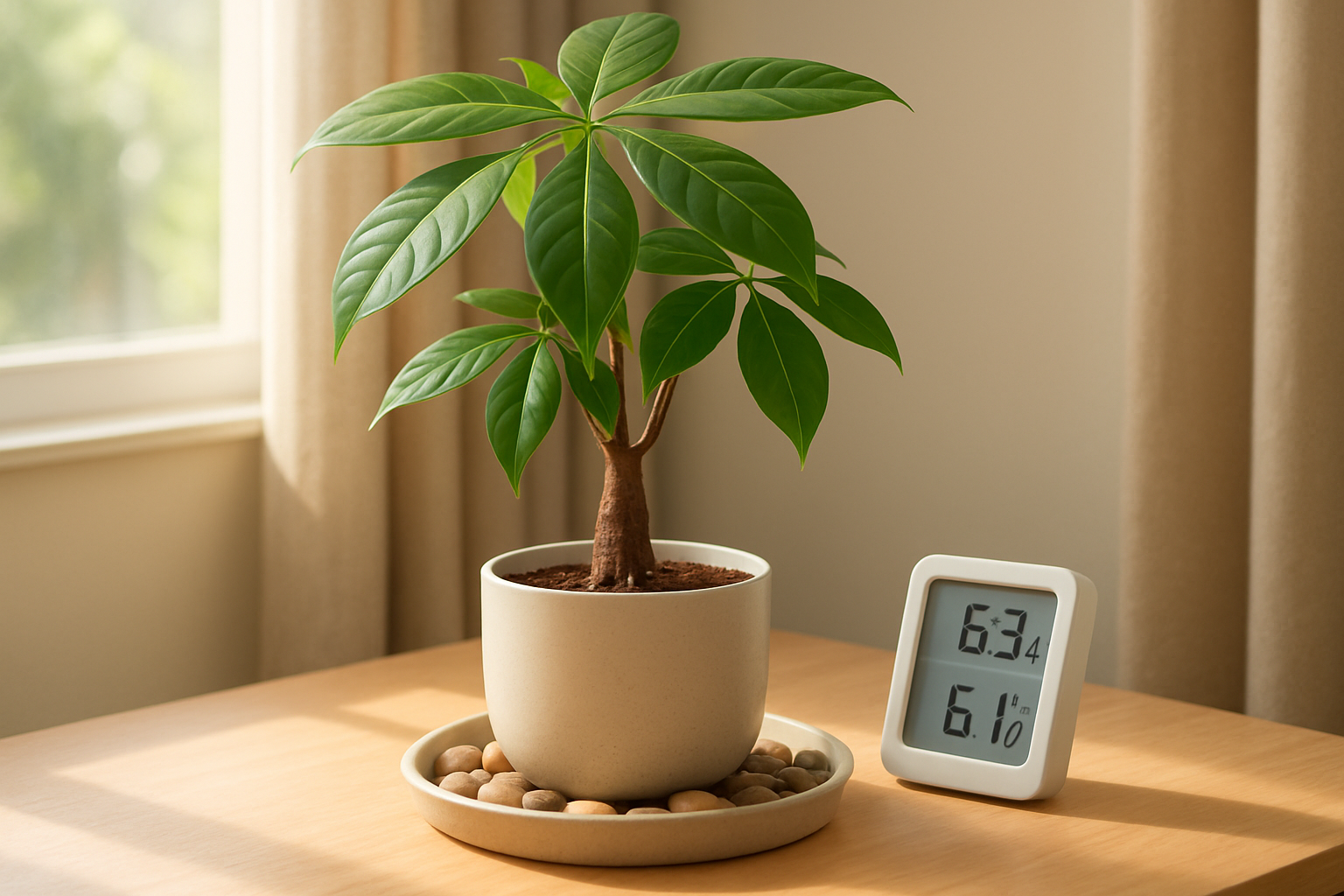
An indoor money tree beside a humidity gauge and a pebble tray setup illustrating ideal humidity management.
Practical DIY Ways to Keep the Humidity Just Right for Your Money Tree (Because Nobody Wants a Thirsty Plant)
You don’t need any fancy gadgets to keep your money tree happy in a humidity-friendly spot. A simple pebble tray works wonders. Just layer a handful of small pebbles in a shallow tray, pour water up to the pebble tops and pop your plant pot right on top. As the water evaporates, it gives the leaves a moisture boost. If you want something more hands-off and reliable, a small tabletop humidifier with adjustable settings can be a neat trick, especially in drier rooms that suck the life out of your plants. Another clever tip is to keep your plants close together like a green little team because their combined transpiration raises humidity in the air.
"Getting a handle on humidity and making the right adjustments can really work wonders for your money tree's health, helping it grow strong and thrive for many years to come. I have found that a little attention here goes a long way." - Indoor Plant Expert
How to Tell if Your Money Tree is Thriving or Throwing You Shade Because of Humidity
- Glossy vibrant green leaves are usually a good sign that your plant is getting the right amount of hydration and humidity. It’s like the plant’s way of giving you a thumbs up.
- Steady new leaf growth often hints that the environment is ticking all the right boxes for healthy living. It’s always reassuring to see your green friend growing strong.
- Leaf edges that look firm and don’t show browning typically mean the moisture levels are well balanced—no dramas there.
- Those dry crispy tips on leaves often throw up a red flag that your plant might be struggling with low humidity. It’s like the plant’s subtle way of saying “Hey, I need a bit more moisture over here!”
- Wilting leaves can be tricky to diagnose since they might mean the plant is thirsty or suffering from dry air. You’ve got to play detective a little.
- Pests such as spider mites have a knack for showing up more when the air gets dry. They sure know how to pick the worst moments to crash the party.
Summary The Lowdown on How Humidity Plays a Big Role in Keeping Your Money Tree Thriving
So, do money trees like humidity? Keeping it at a moderate to high level is key for them to really thrive indoors.

